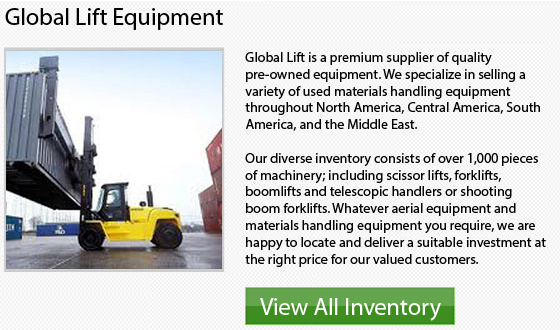
Forklift training will comprise a range of vital steps that specifically concern to safety on a forklift. Amongst the first steps is to make sure that employees have been taught correctly to utilize the machinery. This is a big piece of machinery that we are talking about. You just cannot take risks with it. Forklift training is essential business which must be taken seriously. If you choose to skip this process, extreme repercussions can eventually catch up with you. Permitting inexperienced and improperly trained people to drive lift trucks can lead to terrible injuries, serious damage and also fatality.
One easy safety measure to instigate is the wearing of seatbelts all the time. This is a safety procedure that many workers take for granted, because they would only be traveling about 10 miles an hour. Employees usually think that they will not have any problems and therefore, start not wearing them. This is where the danger can occur, as it is easy for an accident to occur which could have devastating consequences. This is not a car or a truck; the seatbelt is not essential to hold them in the cab if they run into something. In a forklift, the purpose is a lot more significant, even if the machinery travels at low speeds, in the unfortunate event of a tip-over, the seatbelt holds the operator in place secure in the operator's seat so they would not tumble out and be accidentally crushed underneath.
A well-organized reporting system needs to be in place in the event of any mechanical problems or issues happening. Workers require a logical way to communicate these situations so that those who are accountable for fixing them would. Workers need to be familiar enough with the machine that they understand at least the very basics of what could go wrong.
An operator has to be able to identify if there is a problem with the forklift in order to rectify it before it becomes a huge and potentially dangerous or costly issue. Having a dependable reporting system in place is really vital for workplaces which run on shift work. For instance, if one operator leaves after knowing that there is a problem, and the secondary driver doesn't know the issue during his shift, then terrible situations can arise. Lift truck training is a lot more involved than just learning just how to use the equipment.
No matter if a worker feels that the machine is overturning, instruct your employees to not hop out of a forklift. The right thing to do in this dangerous situation is to lean away from the turn while staying in the cab and firmly holding on.